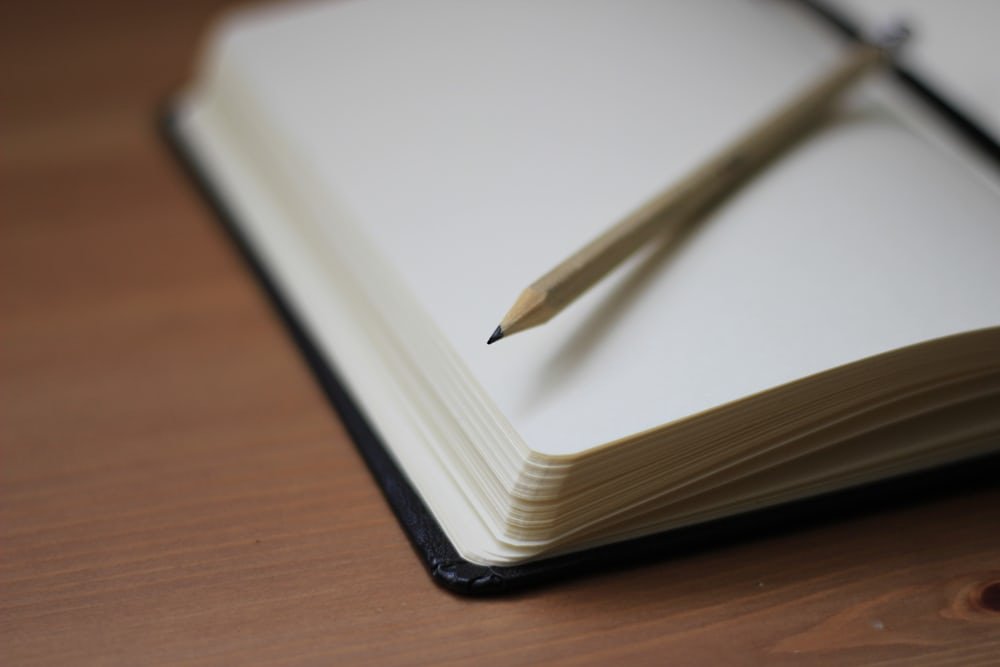Moleskin, despite its name, has little to do with the small, burrowing mammal. Instead, it’s a versatile material used for various purposes, with one of its key applications being the prevention and management of blisters. In this comprehensive guide, we’ll delve into everything you need to know about using moleskin for blisters, from understanding what moleskin is to how it can effectively protect and treat those pesky blisters that often plague our feet.
Understanding Blisters
Blisters are fluid-filled sacs that form on the skin, typically caused by friction, heat, or pressure. They can occur on any part of the body but are most common on the feet due to the constant rubbing against footwear. Blisters not only cause discomfort but can also lead to infection if not properly managed.
How Does Moleskin Help?
Moleskin acts as a protective barrier between the skin and the source of friction, such as shoes or socks. It is designed to cushion the affected area and reduce the friction that can lead to blister formation. By creating a barrier, moleskin allows the blister to heal while preventing further irritation.
Choosing the Right Moleskin
When selecting moleskin for blister prevention, it’s essential to consider factors such as thickness, texture, and whether you prefer pre-cut pieces or a roll that you can cut to size. Thicker moleskin provides more cushioning but may be too bulky for certain shoes, while thinner varieties offer a more discreet solution.
Preparation and Application
Before applying moleskin, it’s crucial to clean and thoroughly dry the affected area to prevent infection. Once the skin is prepared, cut the moleskin to the appropriate size and shape, ensuring that it covers the blister and surrounding skin without any wrinkles or folds. Gently apply the moleskin, pressing it firmly onto the skin to ensure proper adhesion.
Tips for Maximum Effectiveness
To get the most out of your moleskin, be sure to replace it regularly, especially if it becomes wet or starts to peel off. Additionally, wearing properly fitting footwear can help reduce friction and prevent blisters from forming in the first place. If a blister does develop, avoid popping it unless absolutely necessary, as this can increase the risk of infection.
Alternative Uses for Moleskin
While moleskin is primarily used for blister prevention, it has other applications as well. It can be used to cushion corns, calluses, and other areas of friction on the skin. Some people even use moleskin to pad the straps of sandals or the backs of shoes for added comfort.
Conclusion
Moleskin is a valuable tool for preventing and managing blisters, offering a simple yet effective solution for this common problem. By understanding how moleskin works and following proper application techniques, you can keep your feet happy and blister-free, allowing you to enjoy your favorite activities without discomfort or pain.
FAQs
How long can I leave moleskin on?
Moleskin can typically be left on for several days or until it starts to peel off on its own. However, if you notice any signs of irritation or discomfort, it’s best to remove it and allow the skin to breathe.
Can moleskin be used for other purposes?
Yes, moleskin has various uses beyond blister prevention, including cushioning corns, calluses, and other areas of friction on the skin.
Is moleskin safe for sensitive skin?
While moleskin is generally safe for most people, those with sensitive skin may experience irritation or allergic reactions. It’s always a good idea to test a small patch of moleskin on your skin before applying it to a larger area.
Can moleskin prevent blisters altogether?
While moleskin can significantly reduce the risk of blister formation by minimizing friction, it cannot guarantee complete prevention, especially in situations where excessive heat or pressure is present.
Can moleskin be used on open blisters?
It’s generally not recommended to apply moleskin directly to open blisters, as this can increase the risk of infection. Instead, allow the blister to heal naturally or consult a healthcare professional for proper treatment.
